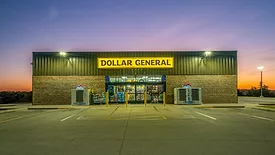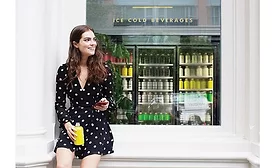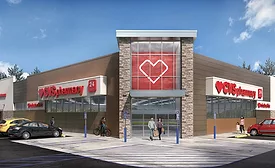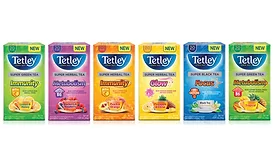Home » Keywords: » drug stores
Items Tagged with 'drug stores'
ARTICLES
Channel keeps consumers interested with private brand selections, lower prices
Read More
Channel Strategies
Price, growing assortment drives interest in drug, dollar stores
Convenience fuels drug channel interest, while low prices entice dollar channel interest
February 22, 2024
Channel Strategies
Value, variety spur growth for drug, dollar outlets
Shopping shifts prompt growth for limited assortment stores
February 21, 2023
Channel Strategies
Variety, convenience spur growth for dollar, drug outlets
Unemployment, increased foot traffic contribute to channels’ performance
February 21, 2022
Channel Strategies
Discount, drug stores offer savings, convenience amid pandemic
eCommerce will be key to future growth for channels
February 23, 2021
Channel Strategies
Drug stores reformat, digitize to compete with online retailers
Wellness centers, frictionless checkout among latest strategies
March 18, 2020
Drug stores offer consumers personalized product sets
Channel capitalizes on health, wellness attributes
March 19, 2019
Drug stores offer convenience, expertise
Herbal teas resonate during cold and flu season
March 13, 2018
Drug stores struggle for growth, beverages outperform channel
Alcohol beverages experience unit sales increases
March 10, 2017
Drug stores focus on front-end sales
Consumables, including beverages, driving growth
March 14, 2016
Elevate your expertise in the beverage marketplace with unparalleled insights and connections.
Join thousands of beverage professionals today. Shouldn’t you know what they know?
JOIN NOW!Copyright ©2025. All Rights Reserved BNP Media.
Design, CMS, Hosting & Web Development :: ePublishing
-1170x658.webp?height=168&t=1742915877&width=275)












